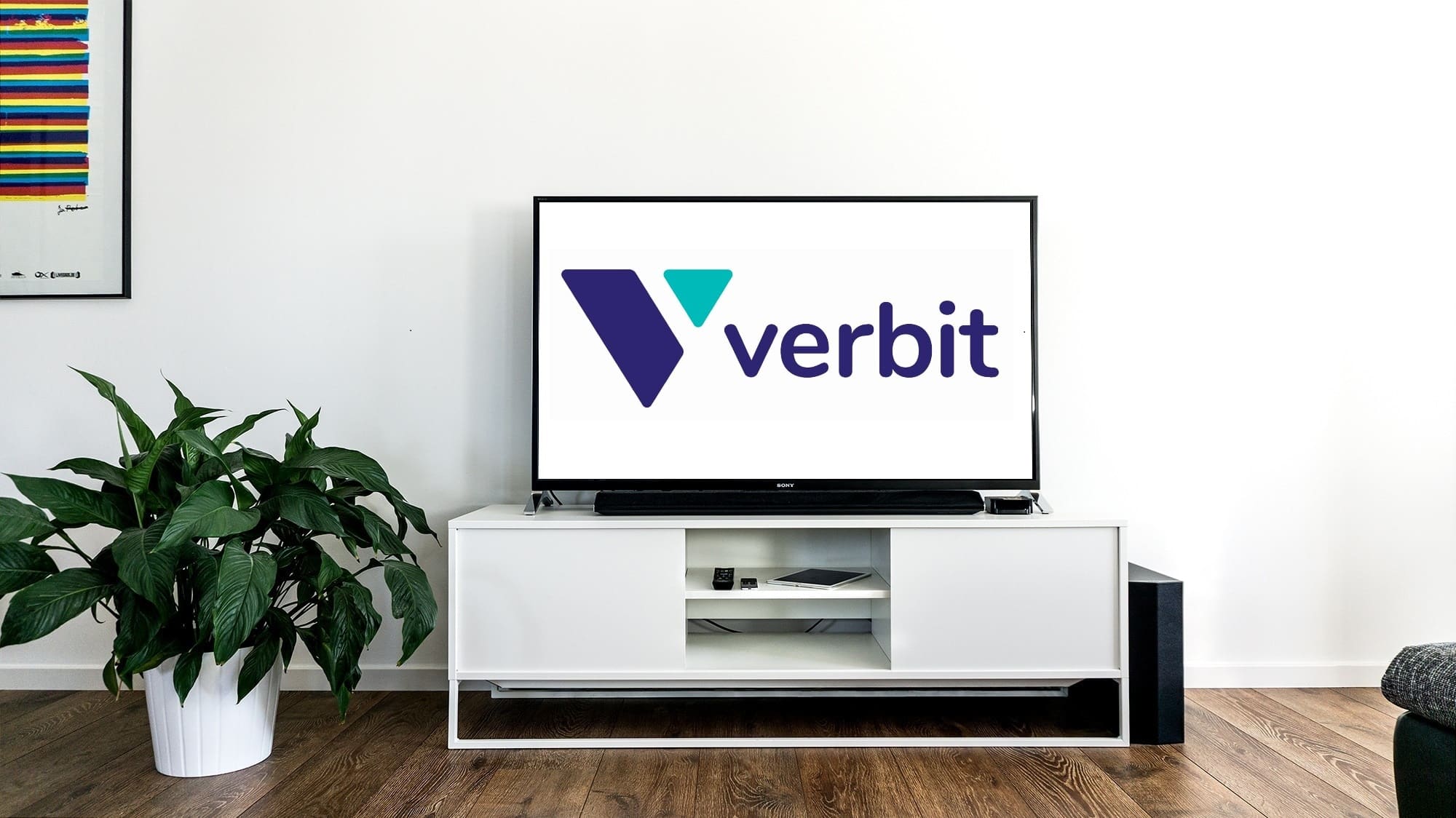A recently signed memorandum of understanding between the US Access Board, the American Association of People with Disabilities (AAPD) and the Center for Democracy and Technology (CDT) is helping to ensure that governments account for AI’s risks and benefits for people with disabilities.
A memorandum of understanding (MOU) is an agreement between parties, agencies or institutions that documents each’s expectations and intentions in working towards a common goal.
This new partnership will see the agencies work together to ensure that people with disabilities benefit from AI while being protected from its risks. Areas of focus will include biometric discrimination, surveillance, maintenance of data privacy and algorithmic governance and fairness. The groups also will work to keep the disability community engaged and supported on advances in AI through education and resources.
“Our goal is to communicate with the disability community to obtain input on equity and access to artificial intelligence, and to connect with technology entities to integrate disability awareness and accessibility needs within mainstream technology conversations, policies and practices,” said Sachin Pavithran, Executive Director of the US Access Board.
The MOU will see the organizations hold regular meeting around three primary activities:
- Establishing opportunities for relationship-building, information-sharing across disability and technology communities.
- Identifying and developing solutions to potential or existing civil rights concerns, including accessibility barriers and the risks and benefits of AI, for example, in using biometric data as an input.
- Providing information, technical assistance, and access to resources that will enable disability and technology communities to promote and create safe, equitable, and accessible artificial intelligence.
“Disabled people belong at all tables where decisions that will impact us are being made, and this partnership will ensure our community is at the table during this pivotal moment in the federal government’s use of AI,” said Maria Town, President and CEO of AAPD.

Response to executive order
The memorandum comes after the introduction of a federal executive order on AI late last year that, among other things, emphasized accessibility best practices and set new standards on security and privacy protections for AI. Developers. The Access Board was tasked with several actions in the executive order, including developing ways to address equity and access in AI.
The order included directives with deadlines ranging from 90 days to a year. The White House has reported that all the 90-day assignments have been completed. Those actions include:
- Using the Defense Production Act to require developers of the most powerful AI systems to report vital information, especially safety test results, to the department of commerce.
- Proposing a rule that would require American cloud-computing companies to alert the government when foreign clients train AI models that could be used for dangerous activities.
- Completing risk assessments on the use of AI in critical infrastructure.
- Launching a pilot program aimed at creating innovation, competition and more equitable access to AI research.
- Establishing a program to accelerate hiring AI professionals across the federal government.
- Starting an initiative to help fund educators who create high-quality AI educational opportunities in grades K-12 and in undergraduate college programs.
Risks vs. benefits
Representatives from the Access Board, AAPD and CDT will meet to develop a plan of action, determine working procedures, and identify the roles and responsibilities of the participants. The group will track and share updates and results.
A key part of the collaboration, officials say, is balancing AI’s risks with its potential benefits.
Though AI has demonstrated myriad perks for all users – speech-to-text and text-to-speech programs, object recognition and navigation assistance – the groups plan to address AI-specific issues and risks that can stem from such things as biases or gaps in data collection practices and how inclusive design can promote greater usage among users with disabilities.
“As AI impacts ever more aspects of people’s daily lives, it’s essential to center the unique experiences and needs of people with disabilities” said CDT’s Alexandra Givens. “AI systems can shape high-stakes areas like who is hired for a job, the administration of public benefits programs and important decisions in healthcare. At the same time, there’s tremendous potential for AI to enhance accessibility and create other benefits across society.”
Foundations on AI and disability
The US Access Board, the American Association of People with Disabilities and the Center for Democracy and Technology will host a webinar on Tuesday, July 9, at 3 PM ET to discuss the memorandum of understanding and the AI-related work these groups are considering.



